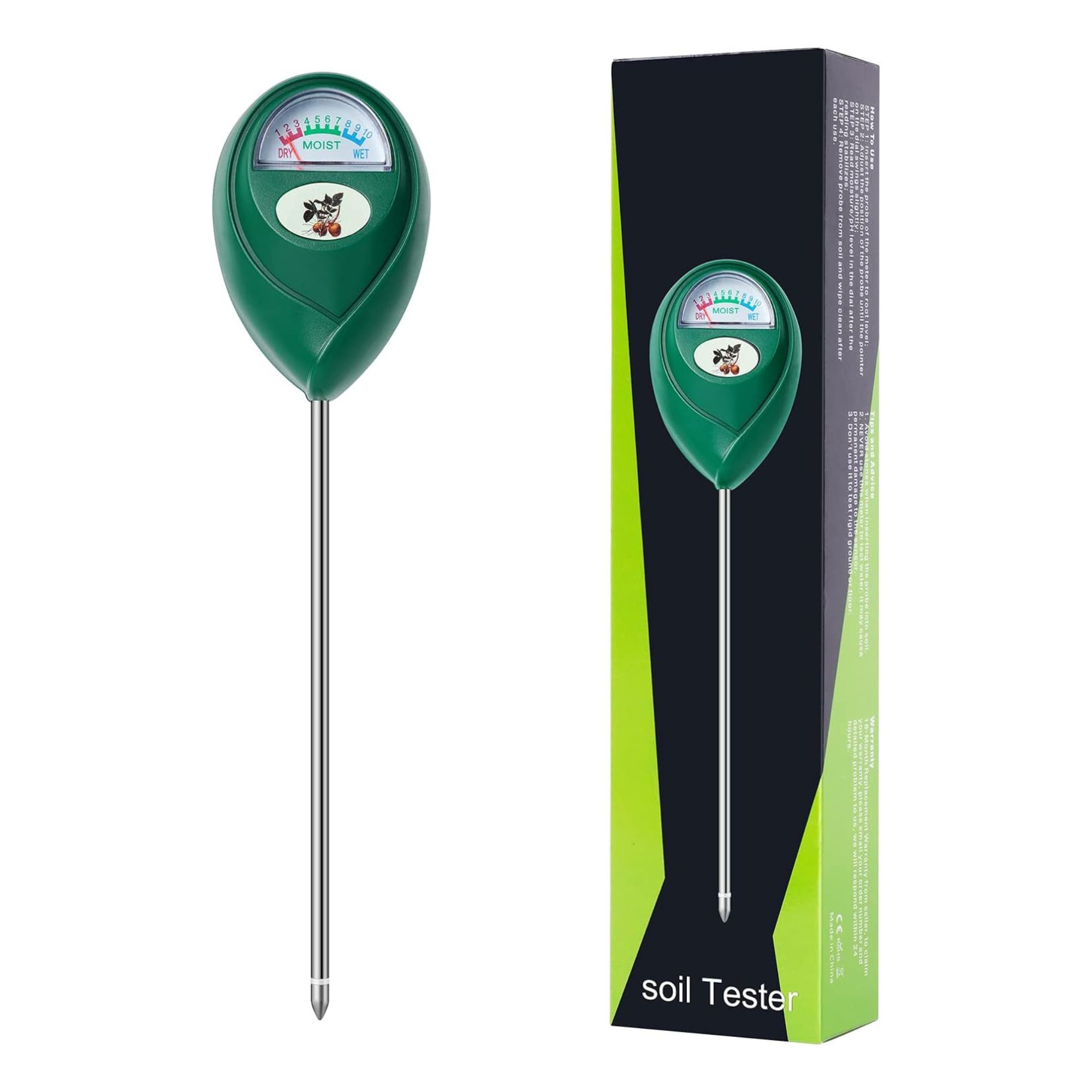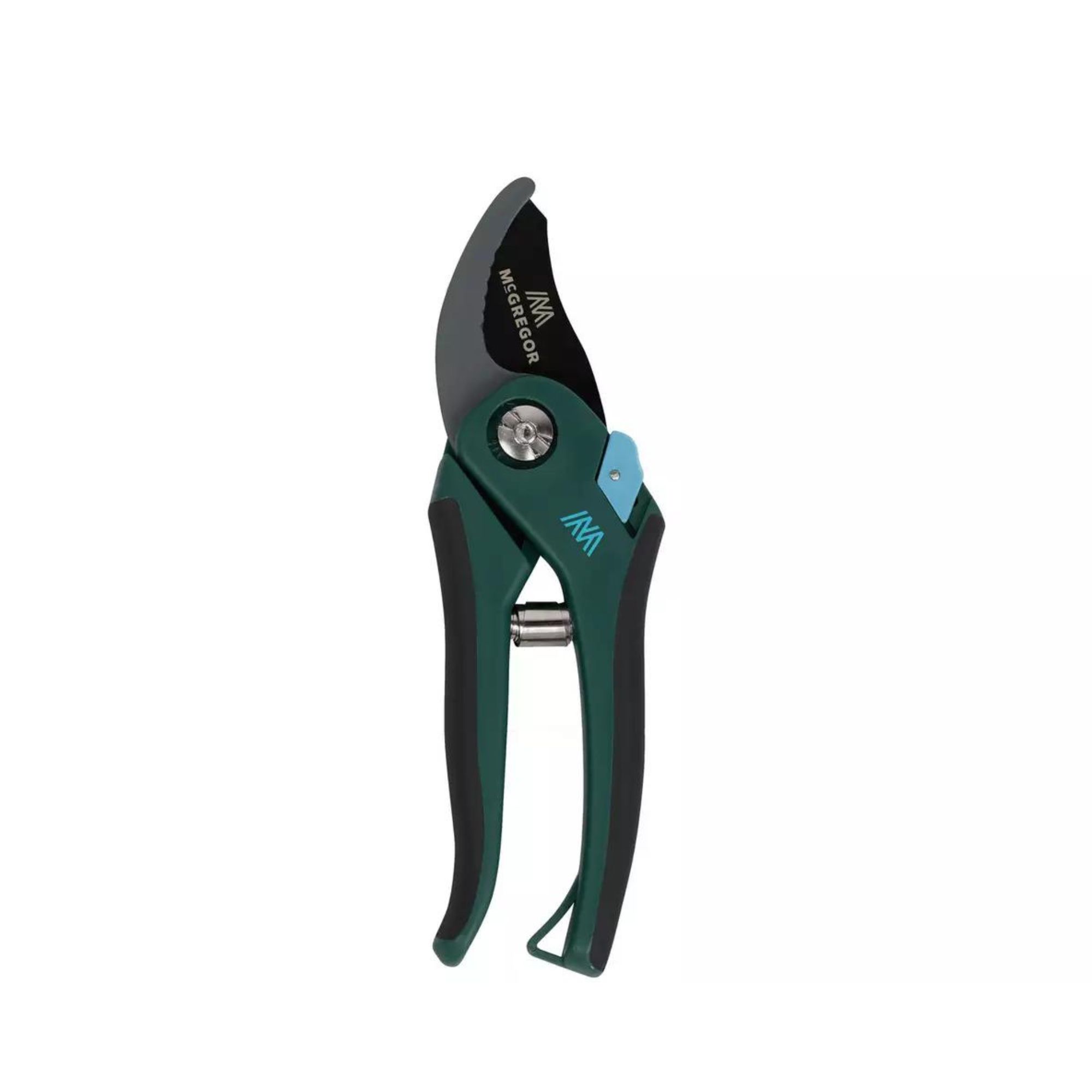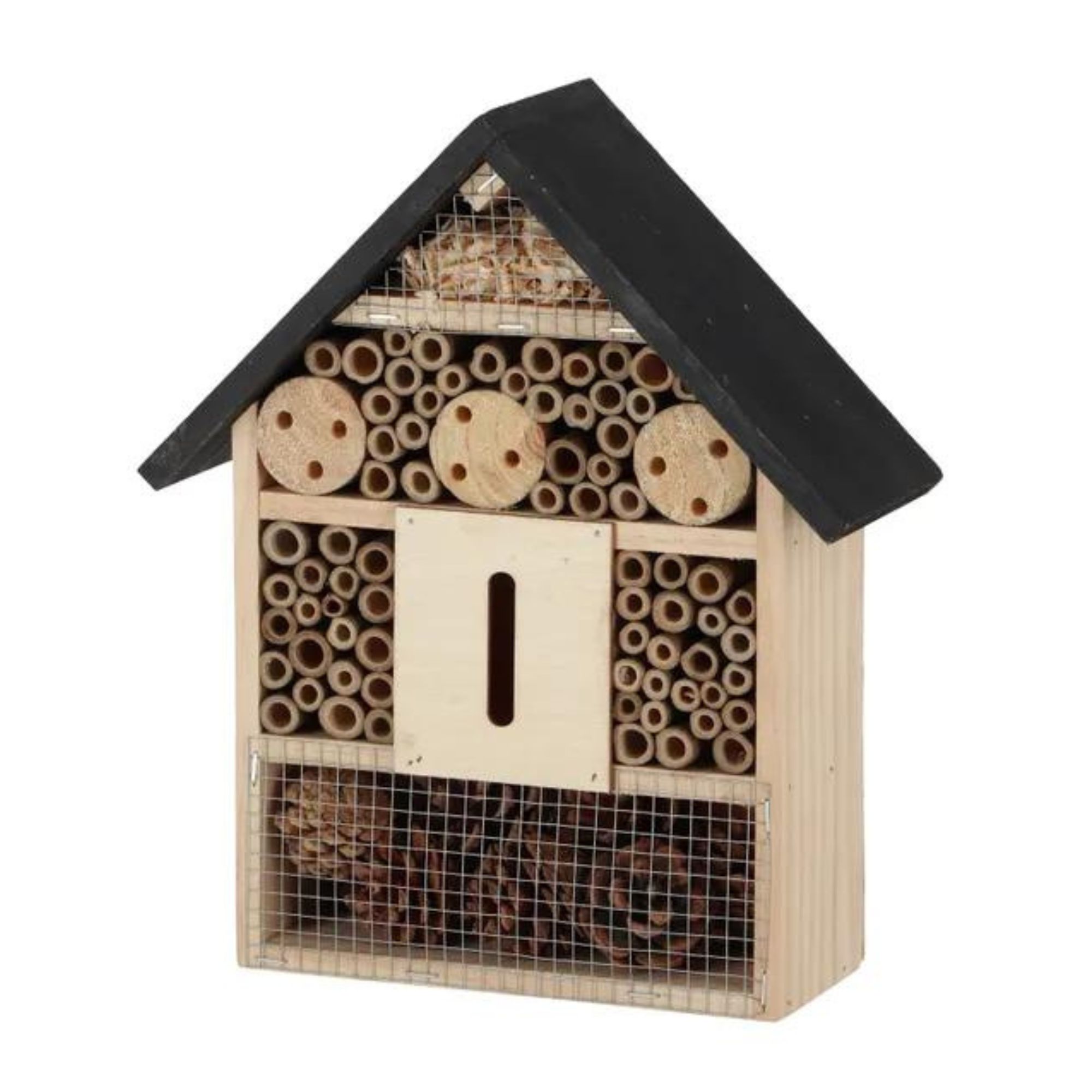Why are my dahlia leaves turning yellow? 5 reasons why and how to fix it, according to experts
If caught early, you can restore your dahlias to their former glory
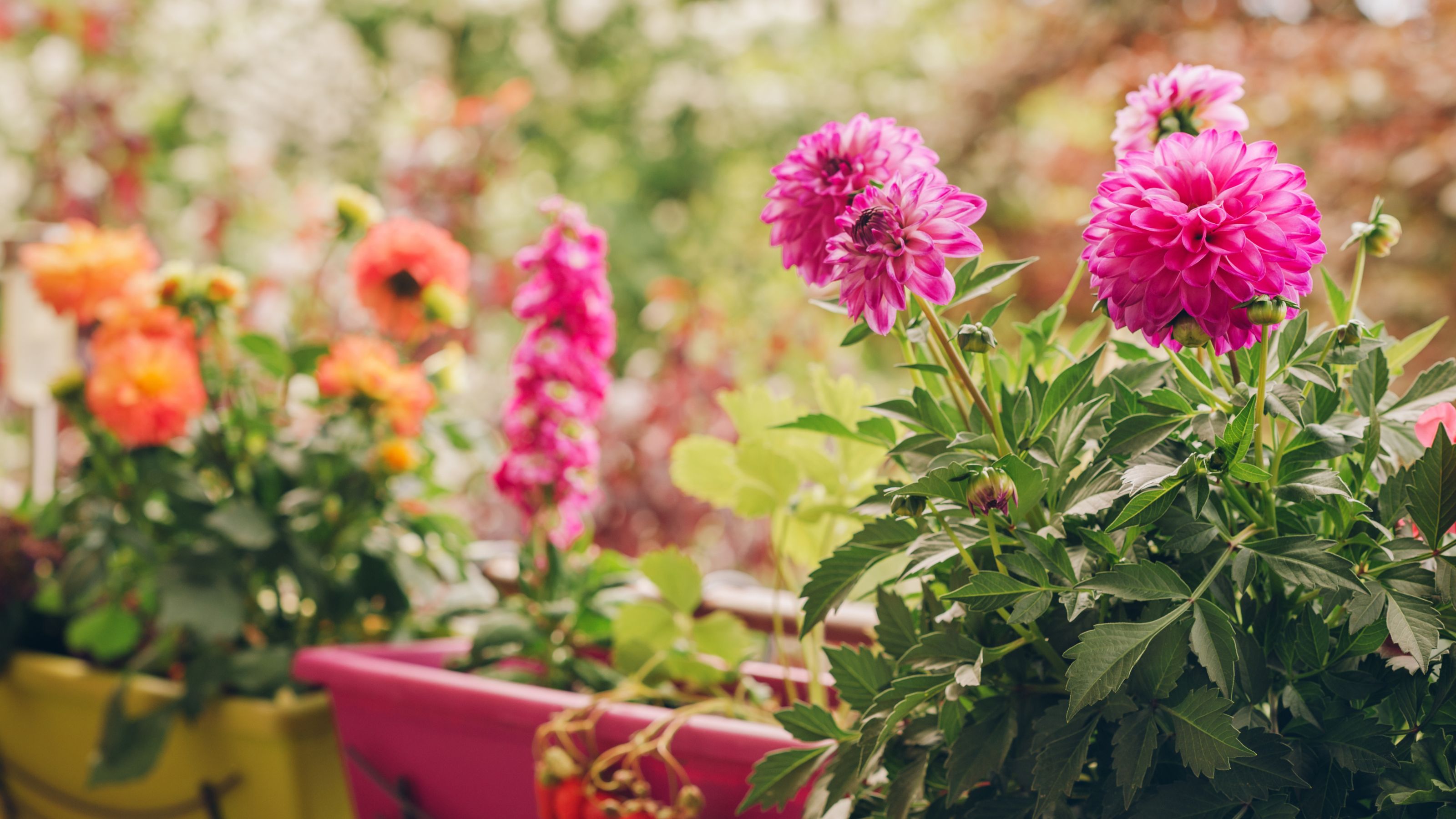

Famed for their stunning flowerheads and coming in a wide array of colours, it’s no surprise that dahlias are considered to be some of the most beautiful flowers in the world. But if your dahlias are looking a little worse for wear, you may be wondering: Why are my dahlia leaves turning yellow?
Yes, while most people expect the leaves of their plants to be luscious and green, sometimes plant leaves turn yellow. And when you’ve spent time and money planting dahlia tubers and overwintering your dahlias, it can be a shame when your once-beautiful plants start to change… and not for the better.
So, why are your dahlia leaves turning yellow? As Morris Hankinson, Managing Director of Hopes Grove Nurseries, says, ‘Dahlia leaves can turn yellow for a number of reasons, so keep an eye on them and rectify any problems so they continue flowering into autumn.’ Here are a few of those reasons.
1. It’s been overwatered
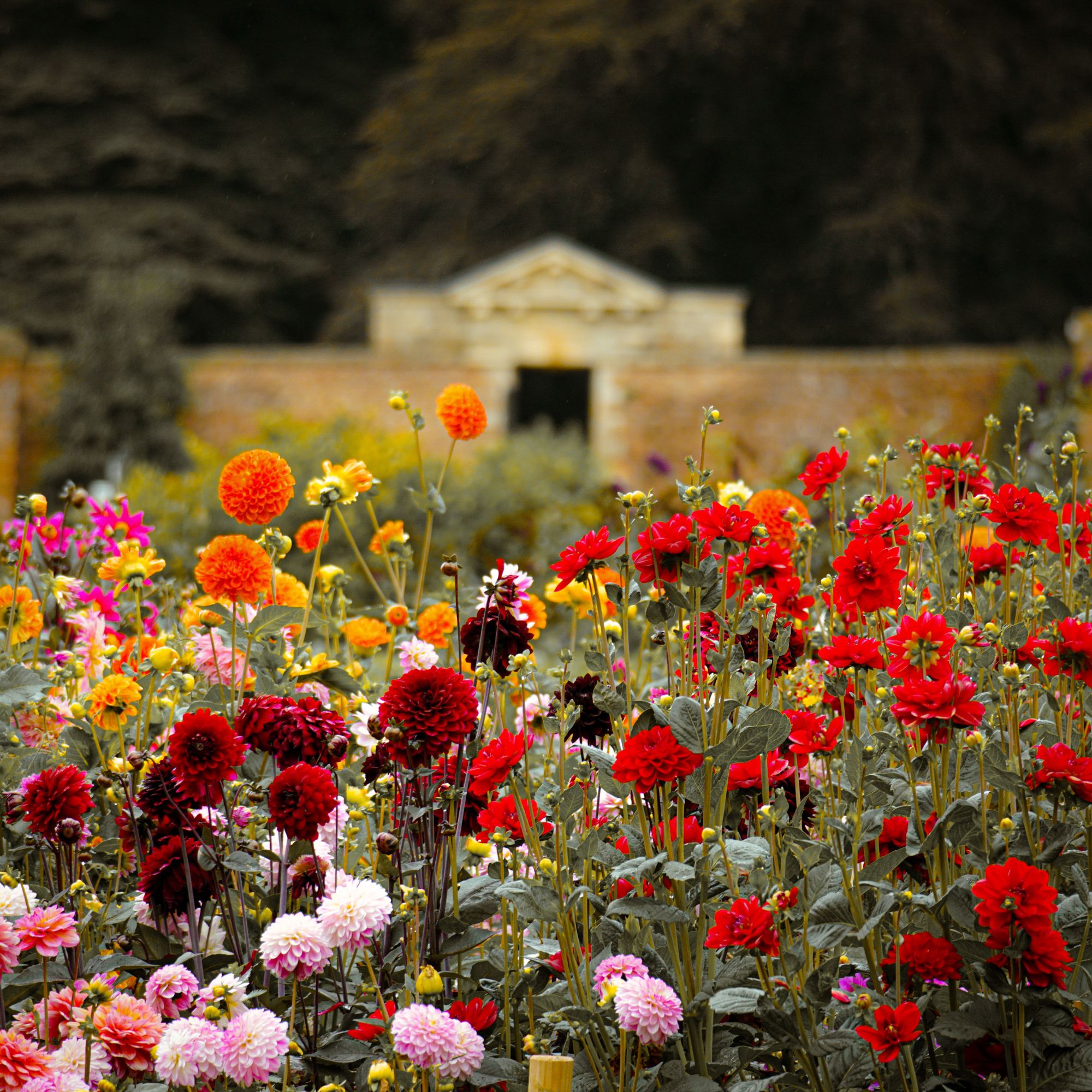
If you’ve also struggled with your orchid leaves turning yellow, you may already know that overwatering can be the culprit. After all, it’s very easy to overwater your plants - especially during the summer months when you assume that your plants need more moisture.
But as Morris explains, ‘Dahlia tubers do not like waterlogged soil or poor drainage. Make sure the soil is well drained and prepared by improving the structure and nutrient levels, and add in some well-rotted organic matter before planting.’
Thankfully, you can save an overwatered plant and the key with dahlias is allowing them to dry out thoroughly before watering again. So, hold back on your watering schedule for a while and keep an eye on the moisture levels in the soil. When it’s dried out, you can resume your schedule.

Morris Hankinson is the founder and managing director of Hopes Grove Nurseries Ltd, the UK’s only specialist grower-retailer of hedging plants. He established the thriving business in 1992, shortly after graduating with a Commercial Horticulture Degree from Writtle College, Essex.
2. It’s planted in the wrong location

While we’d love to say that dahlias suit all gardens, that just isn’t the case. And you may find that your dahlia leaves are turning yellow if you have a north-facing garden, as this is the wrong location for dahlias.
Sign up to our newsletter for style inspiration, real homes, project and garden advice and shopping know-how
Morris says, ‘Dahlias prefer to grow in full sun and enjoy hot conditions. You may see yellowing leaves if they are planted in shade or a cold part of the garden, so ideally, move them to where the sun is shining.’
If you’ve grown dahlias in pots, this should be easy enough to do, as you can simply move the pot to a different location. If you’ve planted dahlias in the ground, just ensure you know how to move plants in a garden without killing them.
3. It’s deficient in essential nutrients

Dahlias are fairly low-maintenance, but they can lose their shine (and their green leaves) when grown in poor-quality soil that doesn’t offer them the nutrients they need.
As Kate Tuner, Gardening Guru at Miracle-Gro, says, ‘A lack of nitrogen, magnesium, or iron can also cause yellowing.’ Because of this, it’s well worth testing your soil to understand its pH and nutrient makeup.
Morris adds, ‘Dahlias tend to prefer very slightly acidic soil. To ensure they thrive, prepare the soil with some well-rotted organic mulch. If they are planted into good soil, it is very unlikely they will need additional feed, but if you do want to help them out, try a granular general-purpose fertiliser when planting and to help boost flowering and add a potassium-rich feed every two weeks throughout summer.’
Alternatively, you could try to make your own natural plant fertilisers using products from your own kitchen.
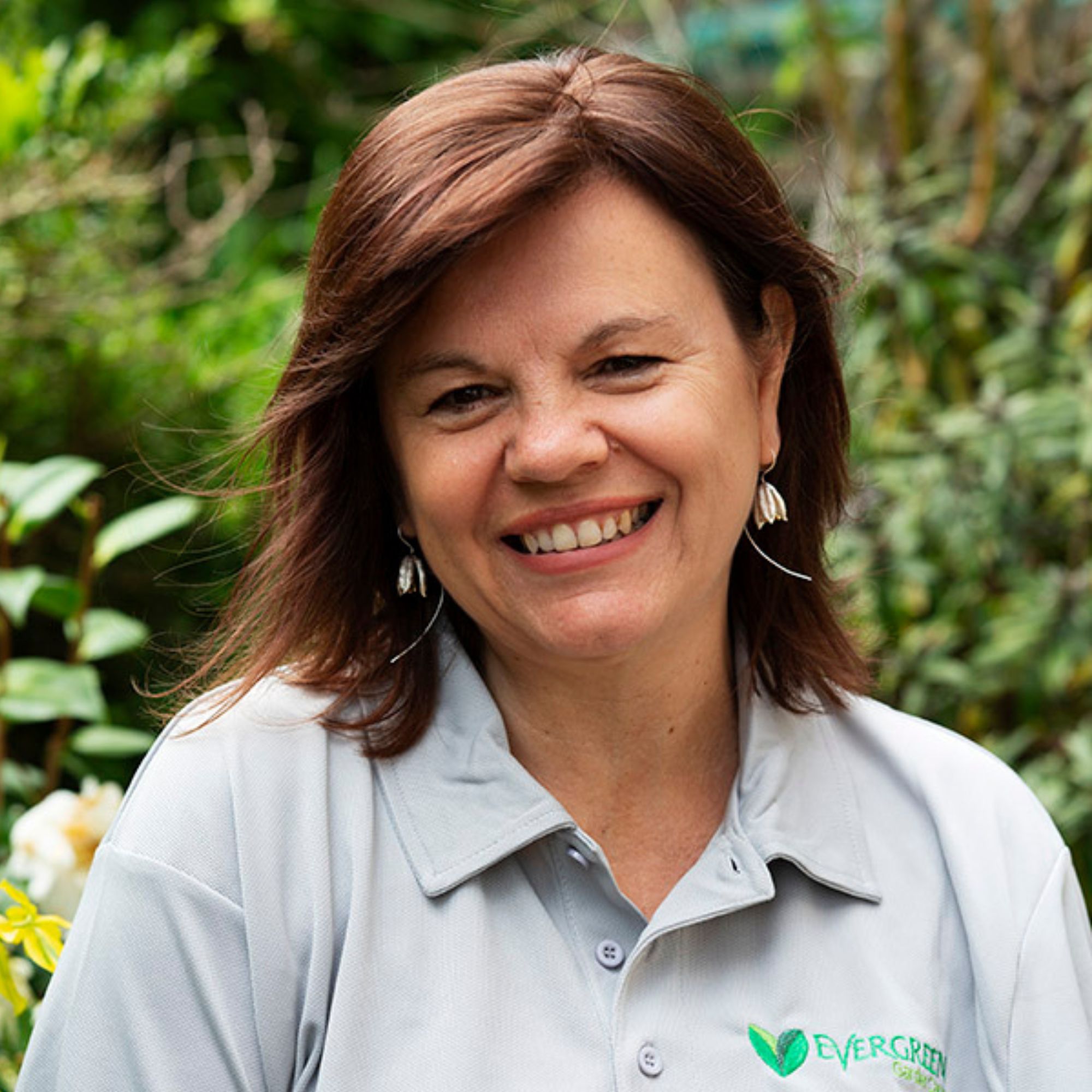
Kate Turner is Miracle-Gro’s expert horticulturalist who has a deep love of all things plants – from vibrant houseplants to stunning gardens and growing fruit and veg, Kate knows all the tips and tricks for successful gardening.
4. It’s diseased
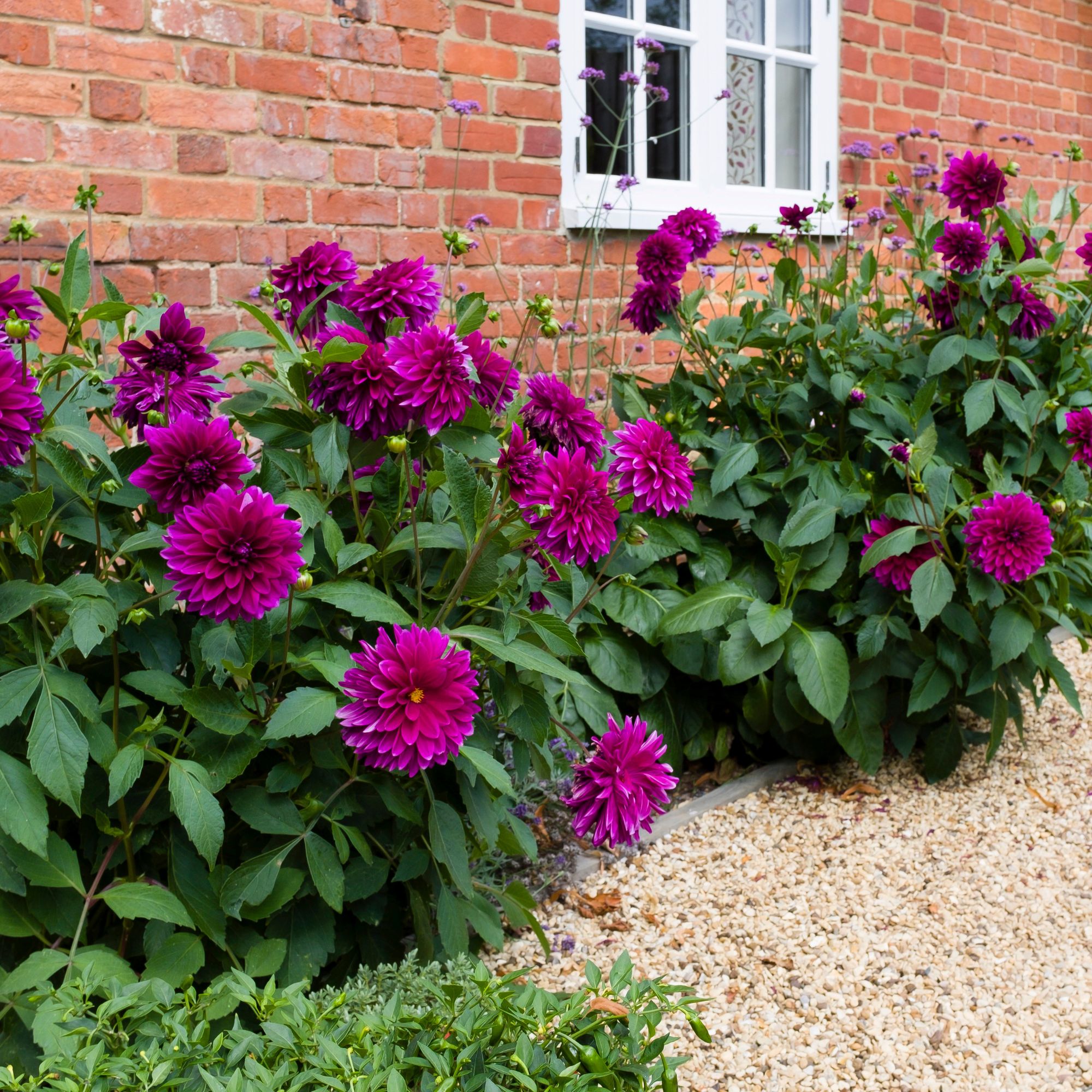
Diseased plants are a common container plant problem, but that’s not to say that it can’t affect the dahlias in your garden borders, either. And if you’re wondering why your dahlia leaves are turning yellow, there’s always a chance that it’s suffering from a disease of some kind.
Although dahlias are susceptible to fungal diseases like smut and powdery mildew, it can often be hard to know exactly what it’s suffering from. Because of this, it can also be hard to know how to fix it.
Generally, though, you should move the diseased plant away from other plants as soon as possible to prevent the spread. You can then use snippers to remove the yellow dahlia leaves and hope that the plant recovers on its own.
If it doesn’t, it’s best not to overwinter them. So, dig them up and throw them in your garden waste bin instead.
5. It’s struggling with pests
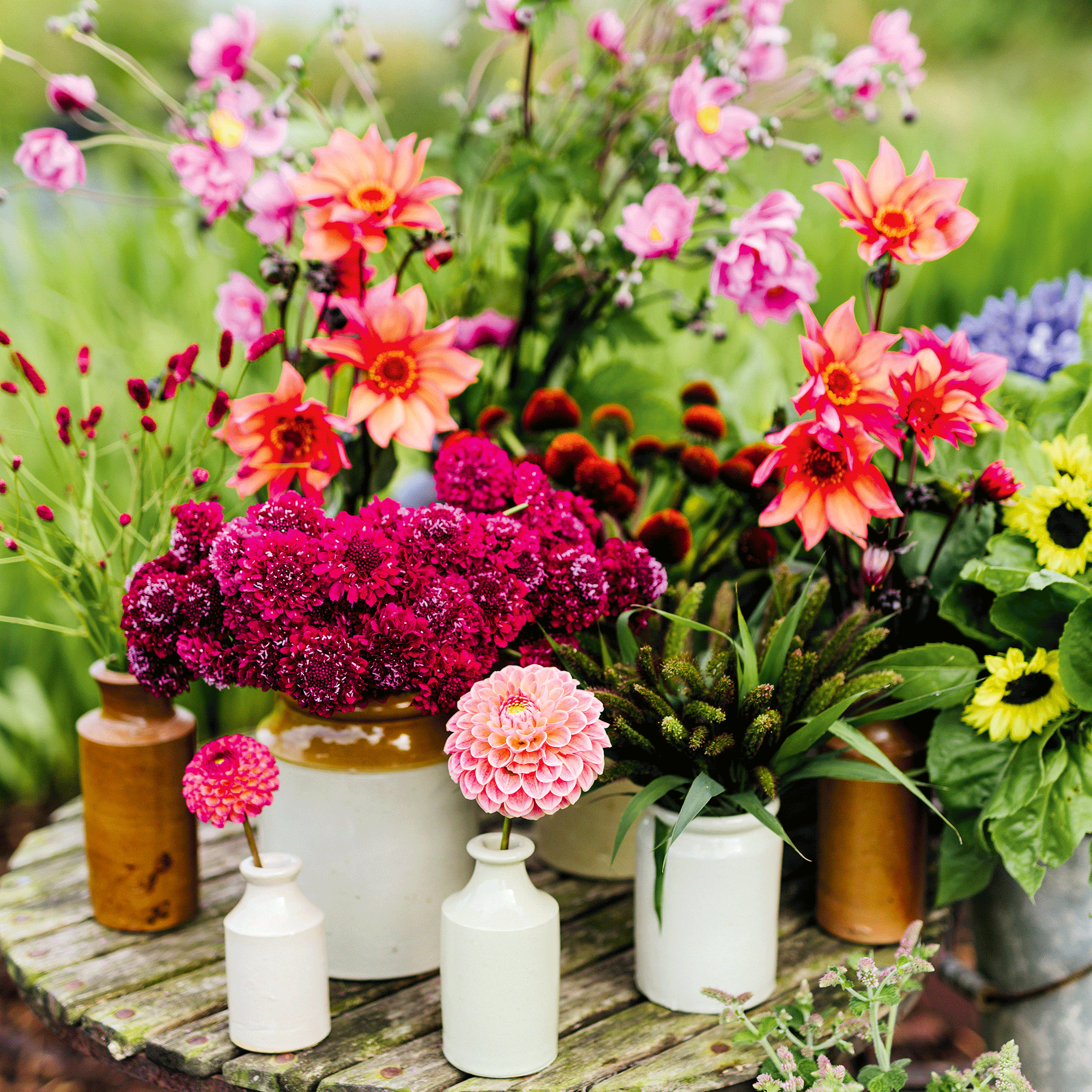
Pests are a constant struggle in the garden, and you may find yourself dealing with everything from slugs to aphids. But the pests that often pester your dahlias are the garden plant pests that you shouldn’t ignore as they can actually turn your dahlia leaves yellow.
So, you should aim to get rid of them as soon as you can - and a great way to do that is to use natural predators for garden pests. And if aphids are an issue, ladybirds can help.
The experts at Harrod Horticultural say, ‘The humble ladybird is a much-loved companion of the gardener due to its fondness for aphids. Both adult ladybirds and their larvae love nothing more than dining out on this prevalent pest and can consume large numbers every day.’
Because of this, it might be worth making your garden more wildlife-friendly to attract these natural predators.
FAQs
How often should you water dahlias?
You should aim to water your dahlias once or twice a week, but this does depend on the circumstances. If your garden has experienced heavy rain, you may not need to water them.
However, dahlias can get thirsty during hot weather, so you may find that you need to water your dahlias more during the summer. To ensure its getting as much water as it needs, you might want to consider a drip watering system for dahlias in pots.
And if you’re ever in doubt, testing the moisture content of the soil is always a good idea.
How long does it take for plants to recover from overwatering?
Generally, your plants should recover from overwatering in 7 to 14 days. However, this all depends on how you treat your overwatered plants.
If you follow the guidelines and allow the plant to dry out for a few days before resuming your watering schedule, the plant should be able to recover. But if you continue to water an overwatered plant, it’ll take much longer - and it may even kill the plant.
Because of this, it’s always a good idea to test the moisture content in your soil before watering an overwatered plant again.
So, why are your dahlia leaves turning yellow? Hopefully, this guide has helped you understand why this is the case and what you can do to help.

Lauren Bradbury has been the Content Editor for the House Manual section since January 2025 but worked with the team as a freelancer for a year and a half before that. She graduated with a Bachelor’s degree in English and Creative Writing from the University of Chichester in 2016. Then, she dipped her toe into the world of content writing, primarily focusing on home content. After years of agency work, she decided to take the plunge and become a full-time freelancer for online publications, including Real Homes and Ideal Home, before taking on this permanent role. Now, she spends her days searching for the best decluttering and cleaning hacks and creating handy how-to guides for homeowners and renters alike, as well as testing vacuums as part of her role as the Ideal Home Certified Expert in Training on Vacuums, having spent over 110 hours testing different vacuum models to date!
